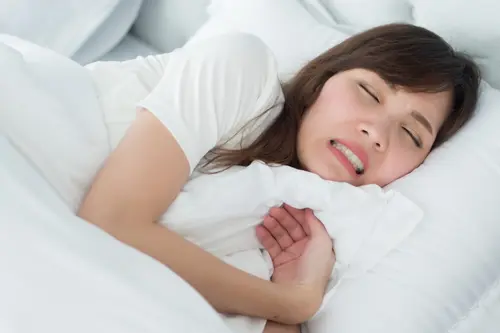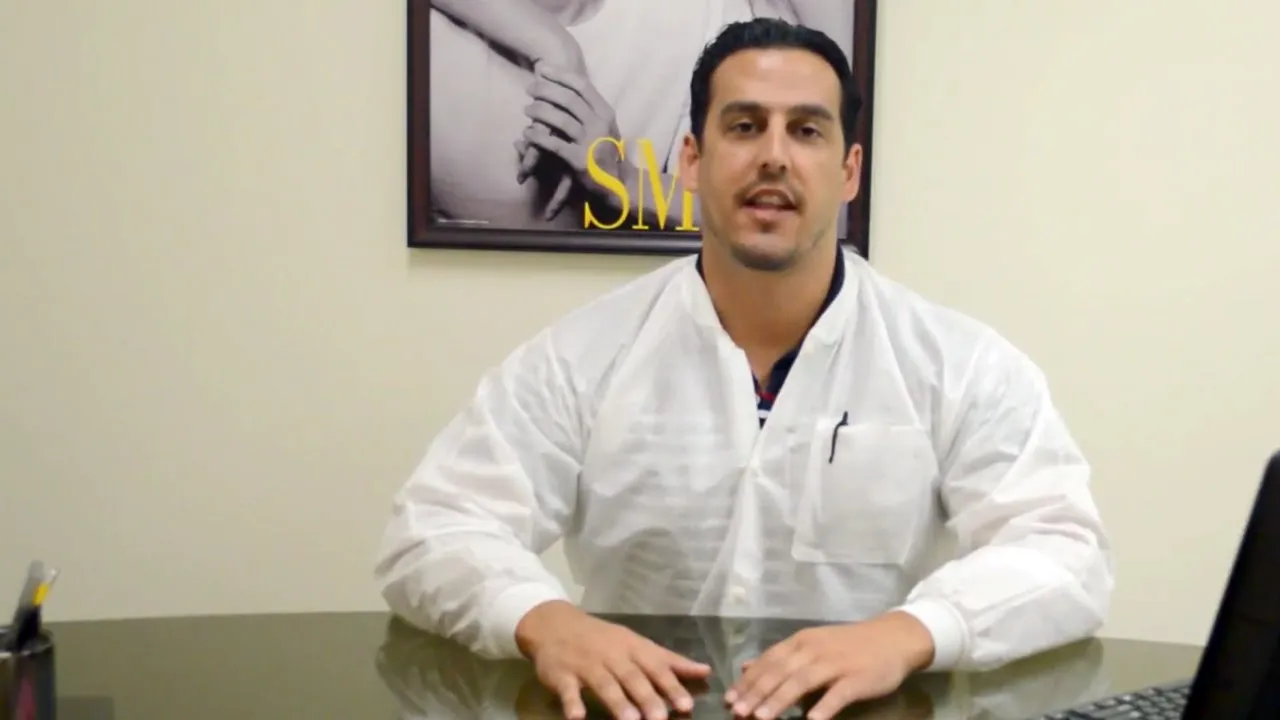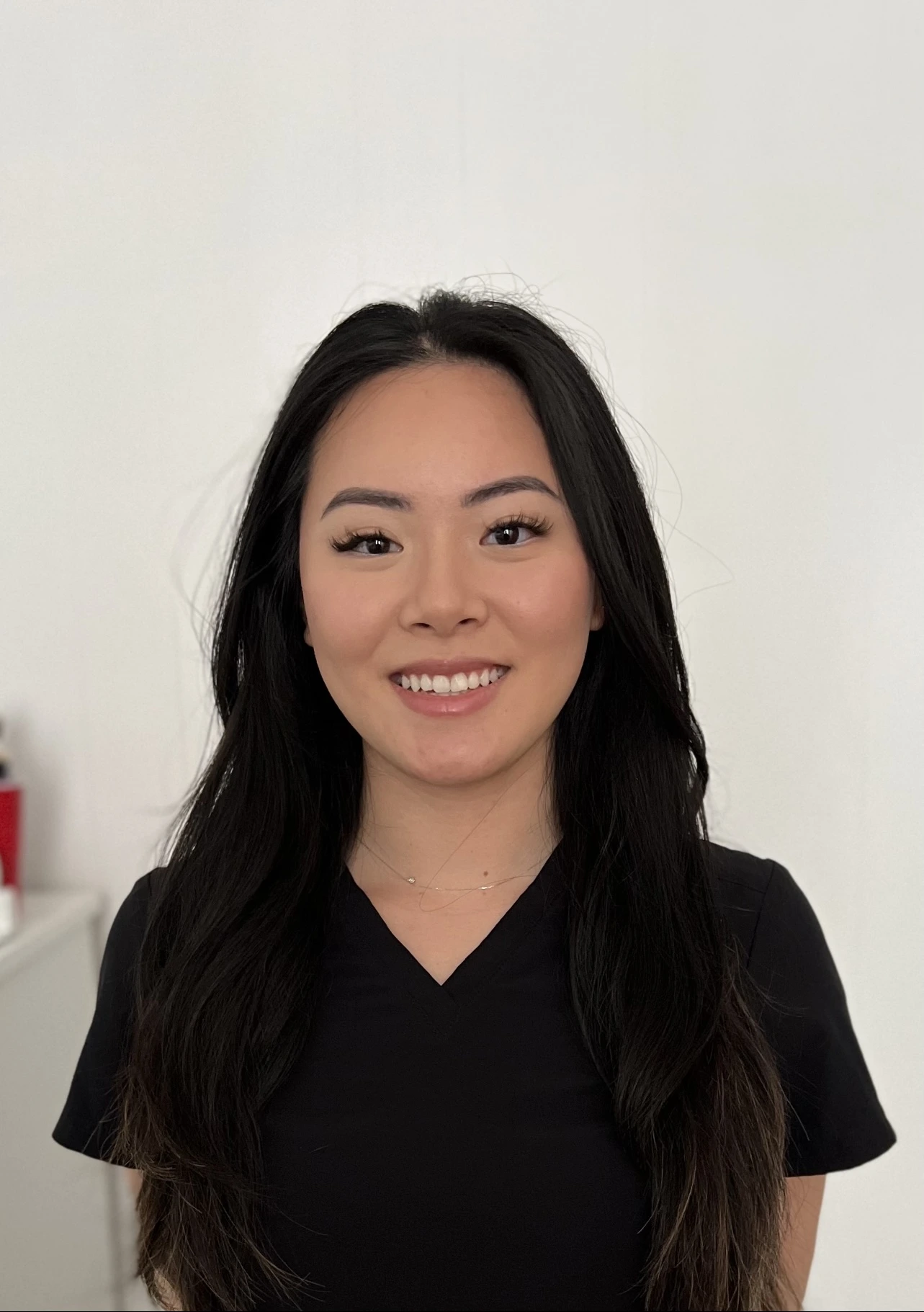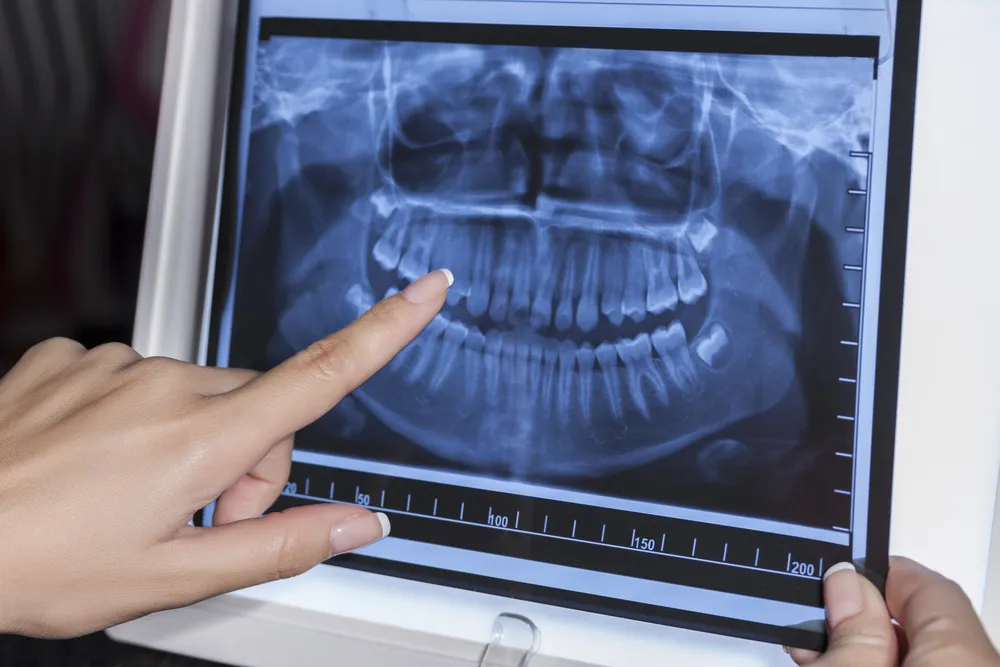
What It Is, Treatments, and Cures
Does the enamel of your teeth mysteriously appear cracked, chipped, flattened, or uneven? Is this appearance change occurring without you even realizing why? Are your gums receding as well?
Is your whole mouth, or even worse, your jaw, experiencing discomfort, sensitivity, numbness, and pain? If you grind or clench your teeth while sleeping, you may have bruxism, a condition that causes this involuntary action.
This habit can not only harm your teeth but also strain your jaw muscles, leading to discomfort and potential long-term issues. These side effects can include headaches, facial pain, and even temporomandibular joint (TMJ) disorders.
If you have these symptoms, you should see a dentist. They can provide you with a check-up and advice on how to deal with teeth grinding. They can also inform you about the effects it may have on your oral health.
Learn more about this oral health condition , why you shouldn't take the damage it deals lightly, and what you can do about it.



